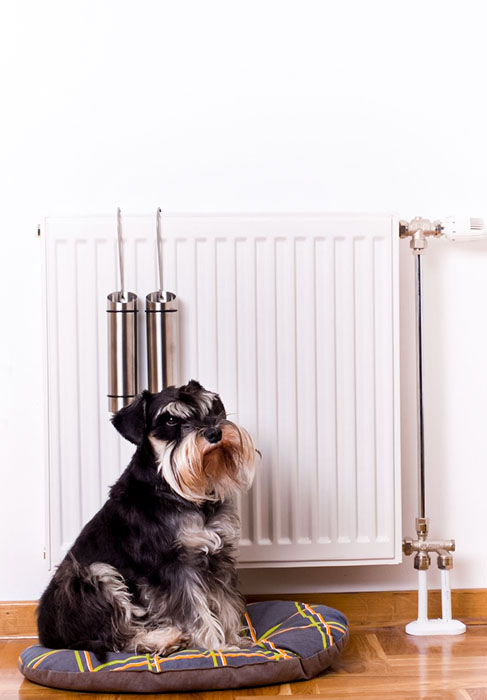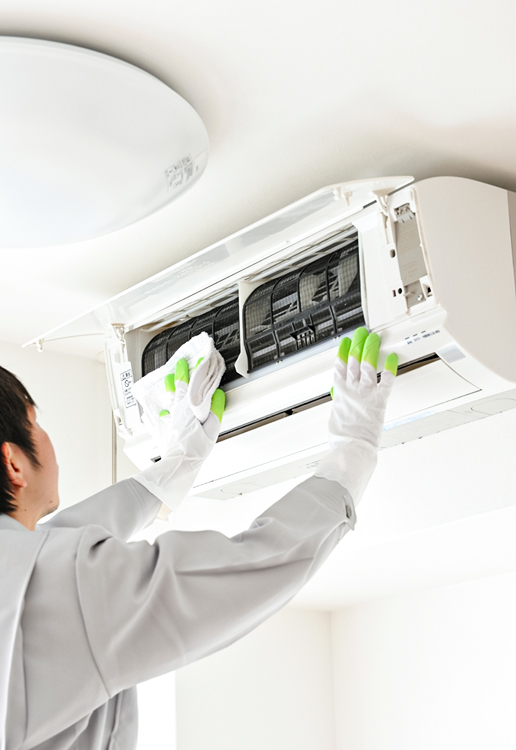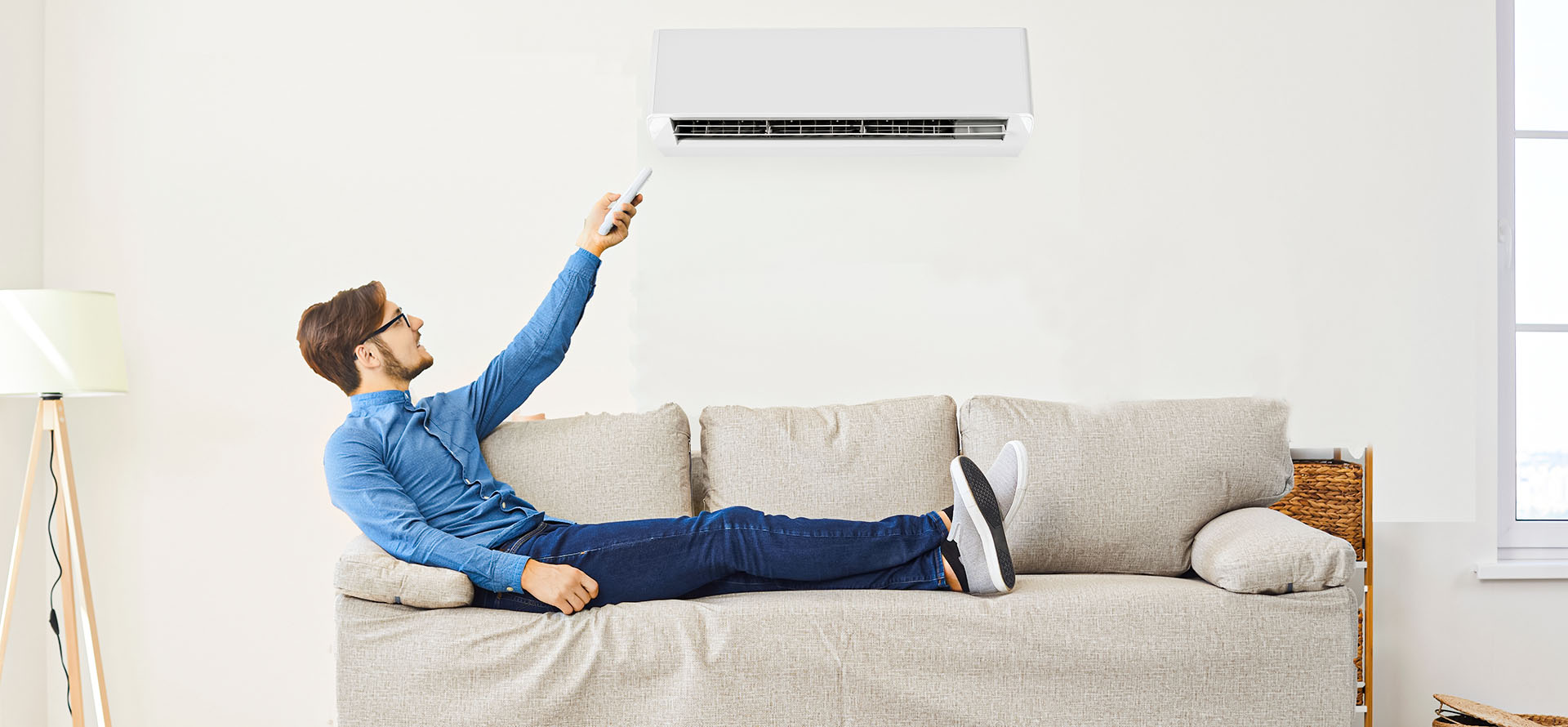Rooftop Air Conditioner Vs A Side-Yard Air Conditioner
In recent years, the use of air conditioning systems has become increasingly popular. As a result of this popularity, homeowners are now presented with two distinct options: rooftop or side-yard air conditioners.
Both offer their own benefits and drawbacks that need to be considered prior to purchase. This article will explore these differences in greater detail by comparing the features and advantages of each option.
It is important for consumers to have an understanding of what they can expect from both types of air conditioning systems before making a final decision as to which one best meets their needs.
The following sections will provide insight into the various factors that should be taken into consideration when selecting between either a rooftop unit or a side-yard system. Ultimately, readers should gain knowledge that helps them make an informed decision about which type of air conditioning system is right for them.
Cost Comparison
When deciding between rooftop air conditioners and side-yard air conditioners, cost comparison is an important factor to consider.
Rooftop air conditioners tend to require less space than their side-yard counterparts. This can result in a lower initial installation cost as well as potentially fewer materials needed for the project. In addition, because of their smaller size and more streamlined design, there may be energy savings when using a rooftop model due to the fact that it has greater efficiency compared with some larger units which are installed outside.
The climate impact of these two types of models must also be taken into account when making your decision. While both offer efficient cooling solutions, rooftop air conditioners tend to produce fewer greenhouse gases than those placed in a side yard due to their relatively small size and streamlined design. Additionally, they require minimal maintenance over time so there is no need for regular visits by technicians or replacement parts that can add up over time.

Therefore, while considering the total costs associated with either option may yield different results depending on individual circumstances, overall environmental considerations should inform any decision made about what type of AC unit is best suited for one’s specific needs.
Installation Process
Installation of either a rooftop air conditioner or a side-yard air conditioner must be handled with utmost consideration for safety concerns. It is important to ensure that the installer has both the expertise and appropriate tools necessary to complete the task safely.
Size constraints also need to be taken into account, as certain models may require more space than available in order to fit securely on the roof or within the yard. When selecting an installation location, it is crucial to consider any potential obstructions such as trees, nearby buildings or power lines which could impede proper setup and operation of the unit.
Additionally, adequate clearance around all sides should exist so that there is enough room for maintenance activities and general upkeep over time. All instructions included with the selected model should be carefully followed in order to achieve optimal results from installation and ultimately long-term satisfaction with its use.
Ultimately, choosing between a rooftop air conditioner or a side-yard air conditioner comes down to personal preference but being mindful of safety concerns, size constraints and other factors throughout this process will lead to successful setup and years of comfortable cooling without worry.
Maintenance Requirements
Maintenance requirements of both rooftop air conditioners and side-yard air conditioners vary in complexity.
Rooftop air conditioning units require regular inspections to ensure the safety of roofing materials, as well as cleaning and servicing due to their exposed position at the top of the building.
In addition, they can be more vulnerable to damage from heavy winds or rain compared to those installed on ground level.
On the other hand, while side-yard installations may not have any direct contact with weather elements, they still need to be maintained regularly for optimal performance.
Most notably, when it comes to durability benefits, a side-yard installation typically requires fewer repairs over time than its rooftop counterpart due to being sheltered from extreme temperatures and external hazards.
Additionally, since these systems are easier to access for maintenance purposes, owners can save money by performing necessary tasks themselves rather than relying on professional services.
The bottom line is that although there are differences between two types of air conditioning units with regard to maintenance needs, neither should be neglected if homeowners wish for their system’s longevity and efficiency.
Energy Efficiency
When comparing a rooftop air conditioner to a side-yard air conditioner, energy efficiency is an important factor. Both options offer potential advantages in terms of climate control, though the exact benefit depends on the specific environment and building structure.
Rooftop air conditioning units are typically more effective at providing thermal insulation than those placed on the side yard due to their elevated position, which can result in improved heat retention or reduced cooling costs if installed correctly.
Additionally, since they are located above ground level, roof mounted systems tend to be less affected by external temperature changes compared to traditional ACs located at lower levels. This can help reduce energy consumption as well as provide more consistent temperatures throughout the day and night. However, it should be noted that care must be taken when selecting a model for a rooftop installation due to safety concerns and other factors such as wind resistance.
Overall, both rooftop and side-yard air conditioners have unique features that make them suitable for different applications depending on individual needs. In order to maximize energy efficiency while achieving desired climate control, careful consideration of all available options should be made before purchasing any unit.
With proper research and planning, customers can choose the best system for their home or business without sacrificing comfort or utility bills.
Noise Level
The noise level of air conditioners is an important factor to consider when choosing between a rooftop or side-yard unit.
To effectively compare the two, it’s essential to understand both soundproofing and noise mitigation techniques which can be used by each type of system. Soundproofing refers to materials installed around the outdoor units that block out external noises from entering into the building, while noise mitigation involves controlling how much sound energy is emitted from within the system itself.
Rooftop air conditioners are typically not equipped with any kind of soundproofing material, so they tend to create more exterior noise than their side-yard counterparts. On the other hand, many side-yard air conditioning systems come with built-in soundproofing features such as insulated walls or acoustic panels, allowing them to reduce outside disturbances significantly.
Additionally, most modern models also feature advanced noise mitigation technology that helps keep internal sounds at a minimum without compromising on performance. Ultimately, when selecting between rooftop and side-yard air conditioners, one should take into consideration both types of technologies in order to make an informed decision about which type is best suited for their needs.
Accessibility
When assessing the accessibility of a rooftop air conditioner versus a side-yard air conditioner, there are several considerations to take into account.
In terms of ease of use, installing and maintaining a roof top AC unit requires special tools and expertise which presents safety risks for those not properly trained or equipped to do so. It also involves climbing up onto the roof itself in order to get to the unit, adding an additional risk factor that does not exist when working with a side-yard model where access is much easier and safer.
In contrast, accessing a side-yard AC system can be significantly less risky than attempting to reach one on the roof due its proximity from ground level. Furthermore, many modern systems feature easily accessible panels that allow technicians or even DIYers to quickly identify potential issues without getting close or risking their own well being.
This makes it far simpler for users at any skill level to work on a side-yard air conditioner as opposed to ones located on rooftops. Ultimately, this means homeowners have greater control over their cooling needs while minimizing safety risks along the way.

Design Aesthetics
The accessibility of air conditioners, whether rooftop or side-yard models, are important considerations for any homeowner. However, the design aesthetics of each should be considered as well in order to ensure that they blend into their environment and provide a pleasing visual appeal.
Aesthetics can have an impact on how much enjoyment one gets from their home and its surroundings, so it is critical to consider both form and function when selecting either a rooftop or side-yard unit.
Rooftop units typically offer more flexibility in terms of placement and often come with less obtrusive designs which may help them fit better within existing architecture than side-yard models. On the other hand, side-yard air conditioners tend to be more visible but also provide greater cooling power than most roof top systems due to their larger size and capacity.
Ultimately, the choice between these two types of air conditioning systems will depend on what combination of aesthetic impact and performance fits best with individual needs and preferences.
Conclusion
When it comes to choosing an air conditioner for a home, rooftop or side-yard models both have their advantages and disadvantages.
It is important to consider the cost of installation and maintenance as well as energy efficiency, noise level, accessibility, and design aesthetics before making a decision.
Ultimately, each type has its pros and cons that need to be weighed in order to determine which model will work best in any given situation.
For those looking for an efficient way to cool their homes while still maintaining attractive aesthetic appeal, either option could be the right choice depending on individual preferences.







